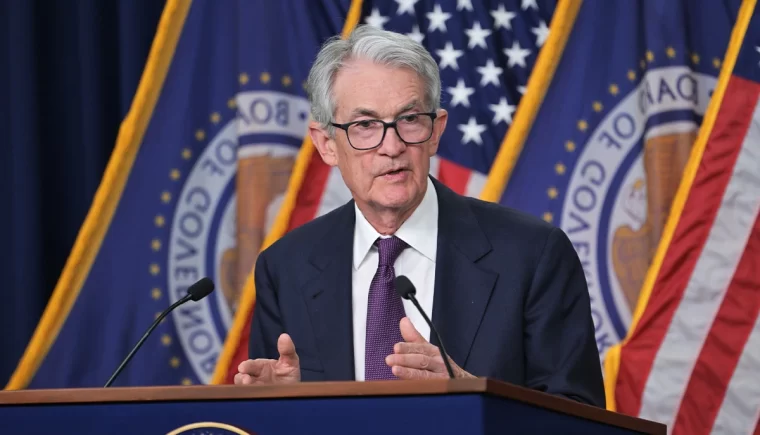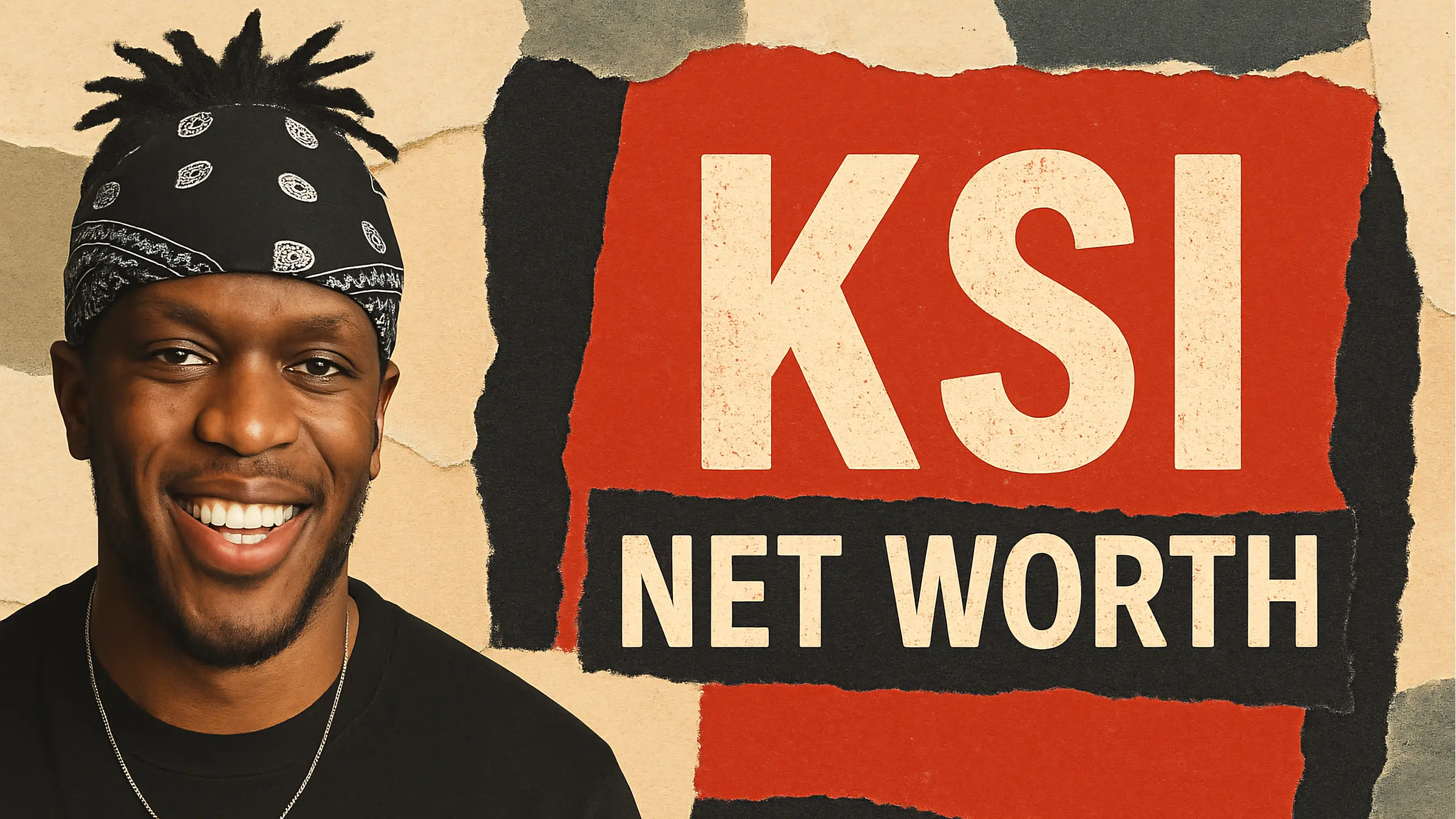The Fed Meeting is a key event for the global economy, as decisions made by the Federal Reserve (Fed) can significantly impact businesses of all sizes.
But what exactly is the Fed Meeting, and why should business owners care? In this comprehensive guide, we’ll break down everything you need to know about the Fed Meeting, its role in the economy, and how its decisions can affect your business.
Whether you’re a seasoned entrepreneur or just starting out, this guide will provide actionable insights to help you navigate the complexities of monetary policy.
What Is the Fed Meeting About?
The Fed Meeting is a gathering of the Federal Open Market Committee (FOMC), the branch of the Federal Reserve responsible for setting monetary policy in the United States.
During these meetings, the FOMC evaluates economic conditions, discusses potential risks, and decides on key policies, such as adjusting interest rates or implementing quantitative easing.
Key Decisions:
- First, the most critical outcome of the Fed Meeting is the decision on the federal funds rate, which influences borrowing costs across the economy.
Source: Federal Reserve - Additionally, the Fed may implement quantitative easing (QE), buying government securities to inject liquidity into the economy, especially during crises.
- Moreover, the Fed communicates its future policy intentions through forward guidance, helping businesses and investors make informed decisions.
Frequency:
- The FOMC meets eight times a year, with additional meetings if necessary. As a result, these meetings are closely watched by investors, economists, and business leaders.
Impact:
- Immediately, changes in interest rates can affect stock markets, bond yields, and currency values within minutes of the announcement.
- Over time, these decisions influence inflation, employment rates, and overall economic growth.
How Does the Fed Affect Businesses?
The Federal Reserve’s policies have a direct and indirect impact on businesses. Here’s how:
1. Interest Rates
- When the Fed raises interest rates, borrowing becomes more expensive. For example, if you’re planning to take out a loan to expand your business, higher interest rates could increase your costs significantly.
- On the other hand, when the Fed lowers rates, borrowing becomes cheaper, which can stimulate investment. However, this may also lead to inflationary pressures, increasing the cost of goods and services.
2. Consumer Spending
- Higher rates may reduce disposable income, causing consumers to cut back on discretionary spending, such as dining out or buying luxury items.
- Conversely, lower rates can boost consumer confidence, leading to increased demand for products and services.
3. Currency Value
- If the Fed raises rates, the U.S. dollar may strengthen, making exports more expensive and less competitive internationally.
- Alternatively, lower rates can weaken the dollar, making exports cheaper and more attractive to foreign buyers.
4. Inflation Control
- The Fed aims to maintain an inflation rate of around 2%. For businesses, this means predictable costs and pricing strategies. However, if inflation rises too quickly, the Fed may raise rates to cool the economy, which can slow down business growth.

What Does FOMC Stand for in Business?
The FOMC (Federal Open Market Committee) is the body within the Federal Reserve that makes key decisions about monetary policy. Its primary tools include:
1. Open Market Operations
- Specifically, the Fed buys and sells government securities to influence the money supply. For example, during the 2008 financial crisis, the Fed implemented quantitative easing to inject liquidity into the economy.
Source: Federal Reserve – Crisis Response
2. Interest Rate Adjustments
- In addition, the federal funds rate serves as a benchmark for other interest rates, including those for mortgages, car loans, and business loans.
3. Forward Guidance
- Moreover, by communicating its future policy intentions, the Fed helps businesses and investors make informed decisions. For instance, if the Fed signals that rates will remain low, businesses may feel more confident about investing in expansion.
What Is the Role of the Federal Reserve in the Business Cycle?
The Federal Reserve plays a pivotal role in managing the business cycle, which includes periods of expansion, peak, contraction, and trough. Here’s how:
1. During Expansions
- First, the Fed may raise interest rates to prevent the economy from overheating. For example, during the late 1990s tech boom, the Fed raised rates to curb excessive speculation.
2. During Contractions
- In contrast, the Fed often lowers interest rates to stimulate economic activity. For instance, during the 2008 financial crisis, the Fed slashed rates to near zero and implemented quantitative easing to stabilize the economy.
Source: Federal Reserve – Crisis Response
3. Crisis Management
- During financial crises, the Fed can implement unconventional policies, such as quantitative easing, to stabilize markets.
- For businesses, this can mean access to emergency liquidity and lower borrowing costs.
Why Should Business Owners Care About the Fed Meeting?
As a business owner, staying informed about the Fed Meeting can help you:
1. Anticipate Economic Trends
- Specifically, understanding Fed policies can help you predict changes in consumer behavior and market conditions. For example, if the Fed signals rate hikes, you might delay taking out a loan.
2. Plan Strategically
- Additionally, adjust your business strategies based on interest rate changes, inflation expectations, and currency fluctuations. For instance, if the dollar is expected to weaken, you might focus on exporting.
3. Mitigate Risks
- Finally, prepare for potential challenges, such as higher borrowing costs or reduced consumer spending. For example, you could explore fixed-rate loans to protect against rising interest rates.
Frequently Asked Questions (FAQs)
- What is the difference between the Fed and the FOMC?
- The Federal Reserve is the central bank of the United States, while the FOMC is its monetary policy-making body.
- How often does the Fed Meeting occur?
- The FOMC meets eight times a year, with additional meetings if needed.
- What should business owners watch for in the next Fed Meeting?
- Key indicators include interest rate decisions, inflation forecasts, and any changes to quantitative easing policies.
- How can businesses prepare for Fed rate hikes?
- For example, review loan agreements, adjust pricing strategies, and explore fixed-rate financing options.
Understanding the Fed Meeting is essential for any business owner looking to navigate the complexities of the economy.
By staying informed and proactive, you can turn potential challenges into opportunities for growth.
What steps will you take to prepare your business for the next Fed Meeting?
Share your thoughts in the comments below!
Explore More Articles and Categories
If you found this guide helpful, you might also enjoy these related articles:
- What Is Wiz? Cybersecurity’s Impact on Google Stock: Discover how cybersecurity trends are shaping the stock market and what it means for your investments.
- What Do Finance Jobs Pay? A Comprehensive Salary Guide: Learn about the earning potential in the finance industry and how to advance your career.
- NASA-SpaceX Crew-10 Mission: Economic Impact, Investments, and the Future of the Global Space Economy: Explore the economic implications of space exploration and its impact on global markets.
Don’t forget to check out our other categories:
- Business: Insights and strategies to help you grow your business.
- Financial Literacy: Learn the fundamentals of finance to make smarter decisions.





